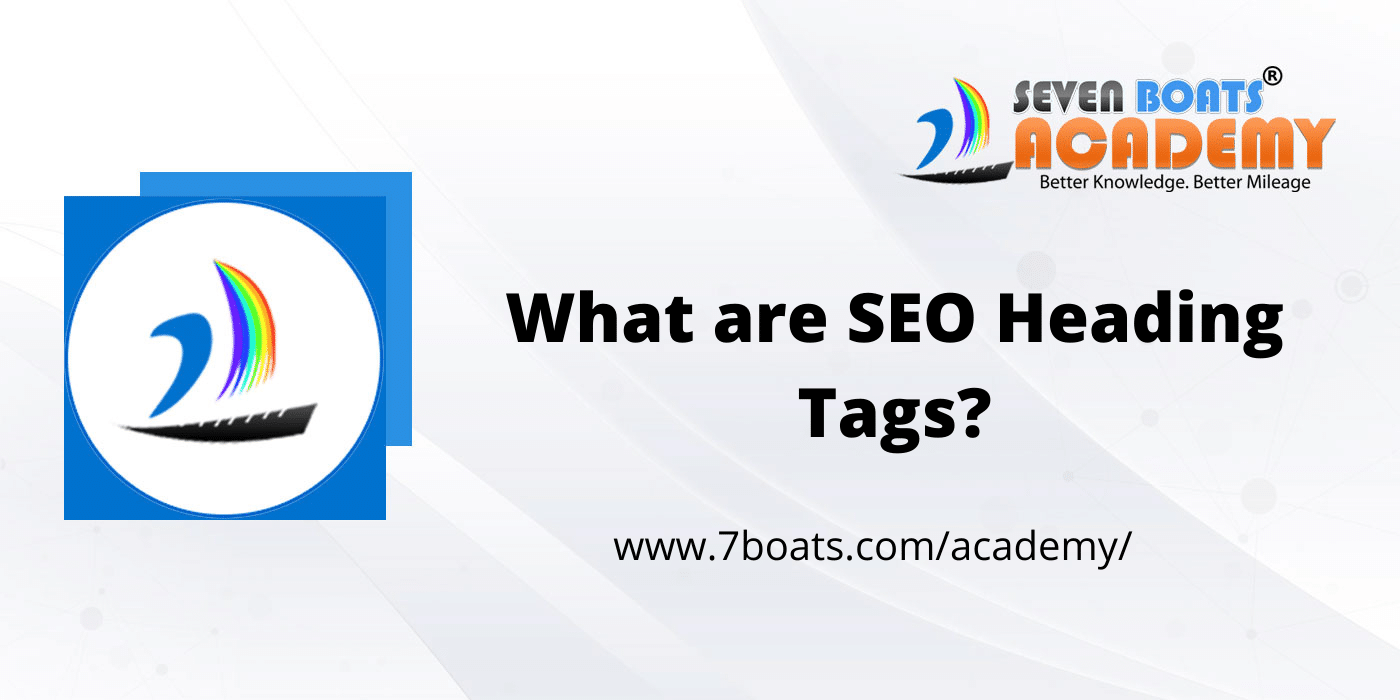
Definition of heading tags
Heading tags are HTML tags that are used to structure the content on a web page. They are typically used to break up the content into smaller sections, making it easier for readers to navigate and digest the information.
Types of heading tags
There are six different heading tags, ranging from <h1> (the most important) to <h6> (the least important). The <h1> tag is typically used for the page’s main title, while the other heading tags are used for sub-sections of the content.
How to use heading tags correctly for better SEO
When it comes to SEO, heading tags can be important for helping search engines understand the structure of your content and determine which keywords are most relevant. In general, you want to use keyword-rich phrases in your heading tags to help improve your chances of ranking for those keywords.
It’s also important to make sure that your heading tags are properly nested (i.e. using the correct hierarchy), as this can also impact your SEO. For example, if you have a <h1> tag followed by a <h2> tag, that’s fine. But if you then have a <h3> tag without a <h2> tag before it, that can be problematic.
Overall, using proper heading tags is a good way to help improve the SEO of your web pages. Just make sure to use them sparingly and only when they make sense for the content on the page.
Video tutorial on heading tags




0 responses on "What are SEO heading tags and how to use them in page content"